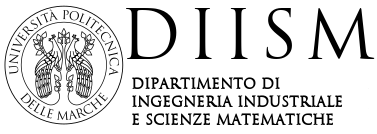In this area of research the mathematical contaminations in literature and the scientific inspirations in art are studied. The framework in which this argument is developed is provided by the assumption that the mathematical concepts are historical and cultural products and, as such, they interact naturally with the philosophical ideas and artistic products of the age in which they have been elaborated. Within this meaning, we are interested in studying the presence and the statute of general ideas of purely mathematical nature (or interlaced with mathematics) in literature or in art; for example, the idea of infinity, the meaning of truth, the specificity of language. We have considered from this perspective the works of mathematical authors like Musil, Gadda and Dostoevskij. On the converse, we have examined from a purely literary point of view some mathematicians who have also been very fine writers, like Cantor, Poincaré and Hilbert. We have also considered the opinions of Giacomo Leopardi about mathematics and his opinions on educational and epistemological aspects of our discipline; we have noted the use of mathematics as a metaphor for the idea of inevitability in authors like Albert Camus or FedorDostoevskij; we have analyzed and implemented mathematical techniques to compose literary texts or musical scores, along the lines of the intellectual members of Oulipo.
Other ideas of research arise from the etymological analysis of some terms used in mathematics. The same word “mathematics”, mathesis in greek (literally “learning”), has suggested to us a deeper study of ancient attic tragedy and of the numerological and mathematical contaminations which are present there, starting from the fact that exactly mathesis is the central and common kernel of tragical events.
This theme of research is related also to the popularization of mathematics to a broad audience and in particular to re-thinking of the vision of mathematics in the collective imagination. The opportunity of uncovering the deep relations of our discipline with literature, art, currents of thought, of grasping the turbulent evolution of ideas and languages, of uncovering the elements of creation and of crisis, may hopefully help in unhinging rooted and harmful prejudices regarding mathematics.
Prof.ssa Chiara de Fabritiis email: fabritiis@dipmat.univpm.it
Dott.ssa Agnese Ilaria Telloni email. agnesetelloni@gmail.com
